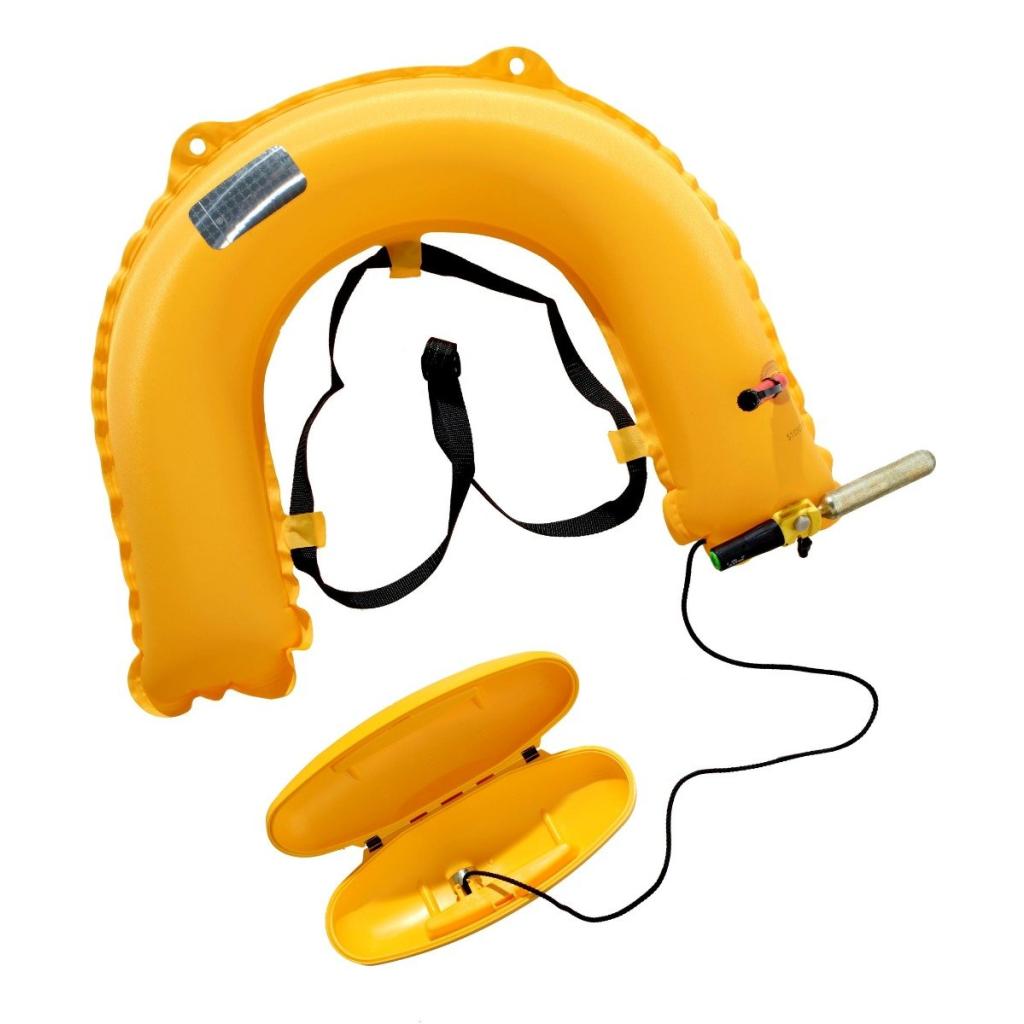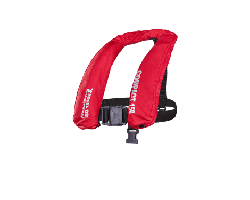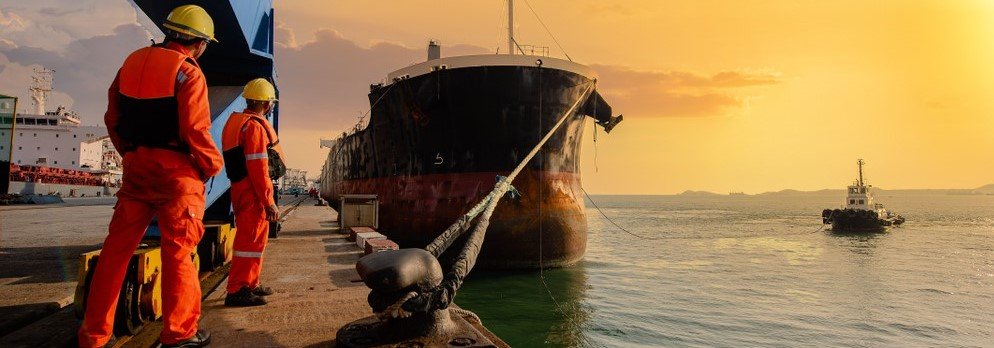Baltic Lifesaver Automatic Inflation Horseshoe Lifebuoy - Auto-Inflating Horseshoe Lifebuoy - Inflatable Horseshoe Buoy
The Baltic Lifesaver is an automatically inflatable horseshoe buoy
Automatic Inflation Horseshoe Lifebuoys - Auto-Inflating Horseshoe Lifebuoy - Inflatable Horseshoe Life Ring
The Baltic Lifesaver is an automatically inflatable horseshoe buoy. The compact design and easy deployment makes it suitable for many applications afloat and ashore (lakes, rivers, and canals etc). It is also suitable for a range boat sizes, from small to large.
Key Features & Equipment Benefits:
- User-friendly design makes it easy to deploy with a hard encased shell - which can be easily thrown
- When the Lifesaver submerges in the water (reaching the sensor) - the life ring automatically inflates
- The opened yellow case works as an anchor - sinking down 1m - keeping the buoy more stable and ensuring the life ring does not drift away.
- Once anchored, the lifebuoy is easier for the casualty to locate / swim toward
- Re-usable (repacked & re-armed) with a 33g CO2 cylinder and UML automatic cartridge
- Bright yellow colour makes it highly visible. Fitted with retro-reflective patches
Specification:
- 135 Newtons
National Waterside Safety Guidlines:
Before installing life-saving equipment like lifebuoys and lifebuoy housings, it's crucial to conduct a thorough risk assessment, following the guidelines recommended by the National Water Safety Forum. At I.C. Brindle, we firmly believe that focusing on preventing water accidents is just as important as having the right rescue gear.
Should the decision be made to install lifebuoys and lifebuoy equipment, adherence to the following guidelines set forth by the National Water Safety (https://www.nationalwatersafety.org.uk/) is essential:
- Strategic Positioning: Lifebuoys should be strategically positioned in easily accessible locations, clearly visible, and preferably in the distinct colours of red or yellow to enhance visibility.
- Optimal Height: Ensure that lifebuoys are mounted at a maximum height of 1.7 metres above ground level for easy accessibility.
- Regular Maintenance: Regular inspections of lifebuoys and their housings are essential. Any signs of wear, damage, or tampering should prompt immediate replacement to guarantee their effectiveness in rescue situations.
- Considered Placement: The placement and spacing of life-saving equipment should be determined based on identified risks, Areas where people congregate or are prone to accidents should be given priority. Generally, spacing lifebuoys at intervals of 100 metres is recommended under standard conditions, ensuring that potential rescuers are not more than 50 metres away from the equipment at any given time.
Contact Us
Need any help? Get in touch with an expert via the contact form below.
What Are Horseshoe Lifebuoys Used For?
They are designed as essential Man Overboard (MOB) safety aids, primarily for use onboard boats or for shore-based water rescue around lakes, rivers, harbours, and canals.
What Colours Are Available for the Horseshoe Lifebuoys?
Our horseshoe lifebuoys come in orange, yellow, red, white, and custom colours for specific visibility or branding needs.
What Are The Horseshoe Lifebuoys Made Of?
Each lifebuoy has a firm inner core and is covered with a durable coated nylon fabric for long-term resilience in marine environments.
How Much Buoyancy Does the Horseshoe Lifebuoy Provide?
Each lifebuoy delivers 145 Newtons of buoyancy and the Auto-Inflating Horseshoe Lifebuoy is 135 Newtons, both options suitable for keeping airways above water in calm waters or harbour conditions.
Do the Horseshoe Lifebuoys Come with Grablines?
Yes, all our horseshoe lifebuoys are fitted with a perimeter grab line to assist with secure handling during rescue.
Can I Mount The Lifebuoy Securely?
Yes, the horseshoe lifebuoys can be mounted easily, we recommend pairing it with a horseshoe lifebuoy holder - which will keep your lifebuoy secured in place, easy to see and also quickly avaialbe in case it needs to be used in a water rescue emergeny situation. They can also be secured via a standard lifebuoy hook.
How Do I Place an Order?
You can easily and quickly order from the horsehoe lifebuoy range on our website. For further assistance, or questions - email us at info@icbrindle.com or call +44 (0) 1202 657814. We offer quick worldwide despatch!










